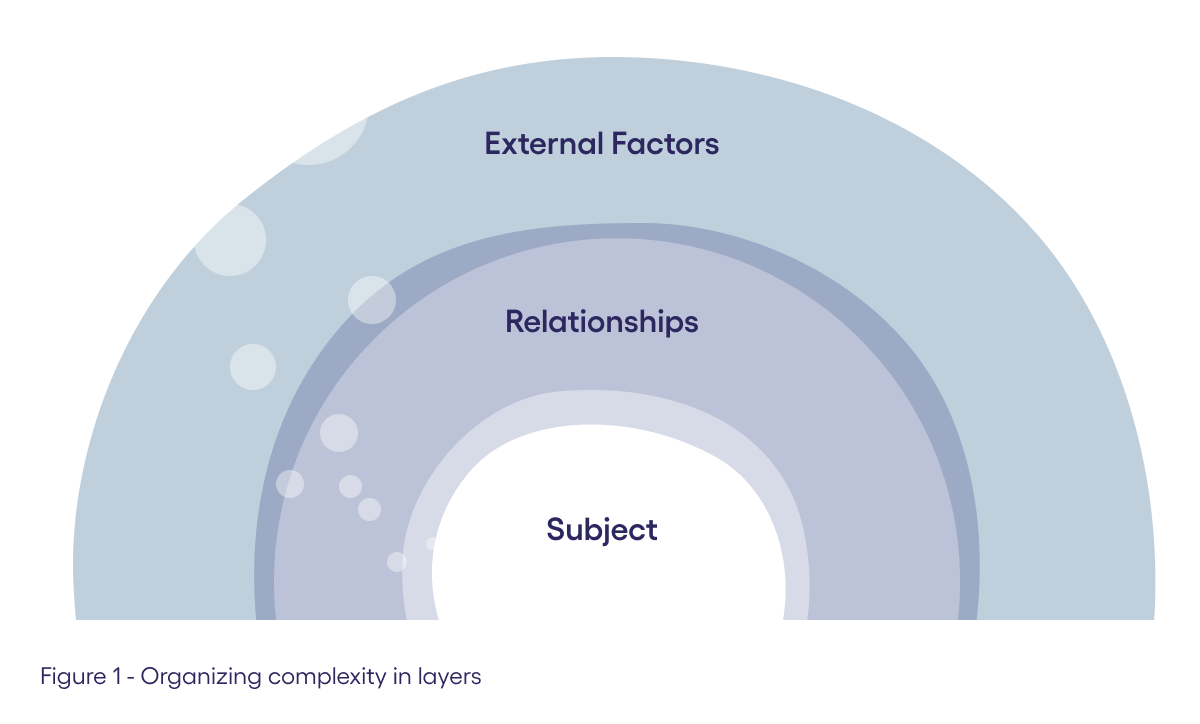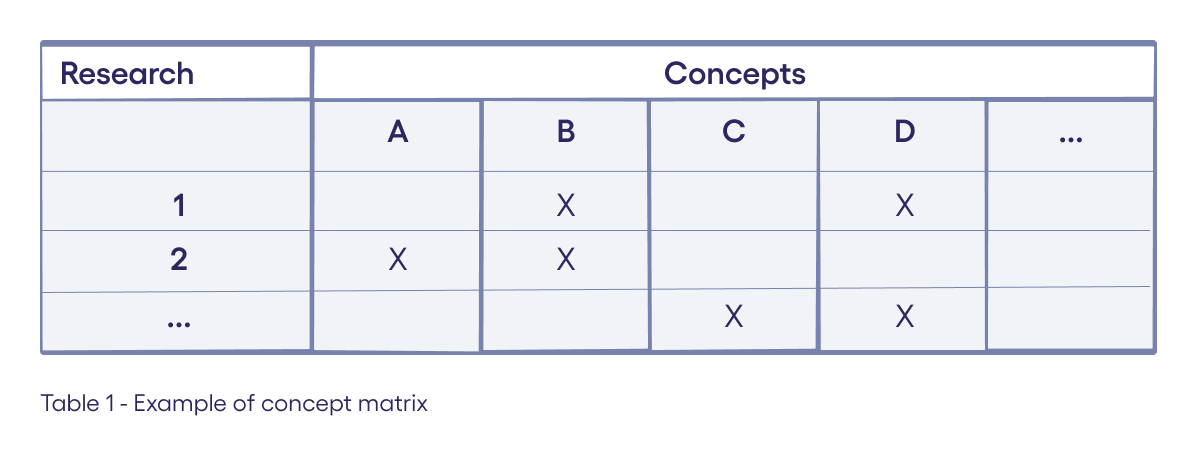Too often, in the pursuit of creating new strategies, designs or services for a client, we immediately focus on the future, neglecting the valuable insights derived from existing knowledge.
In this short post, I want to promote the use of desk research as preparation for conducting new research. Understanding the past creates a firm foundation for advancing knowledge within an area; it helps to uncover areas where more research is needed and helps to avoid the pitfall of simply recreating research and insights that have already been “discovered” multiple times in the past.
Digging deep into existing knowledge, past research and current trends will help to narrow the scope of new research. Rather than opening the entire field for inquiry and generating a shallow understanding, you will instead enable yourself to dig deep into areas, topics and elements that play a crucial role in the topic you are researching.
However, it is still important to stay curious and not narrow the research to a point where there is no room for pursuing new interesting areas.
“An effective review creates a firm foundation for advancing knowledge. It facilitates theory development, closes areas where a plethora of research exists, and uncovers areas where research is needed.” (Webster & Watson, 2002).
Structuring the desk research
When diving into the past, it is important to begin by finding and identifying relevant existing research.
As a rule of thumb, the goal of the desk research is to map existing assumptions within the field we are studying, and we want to identify existing literature that helps us do this. We want to understand how the industry is developing (trends), the client and their assumptions (research they have done internally) and if applicable we want to understand how core models of behavior, social and cultural society have been applied to understand the field (often peer-reviewed studies or books).
Peer-reviewed studies can be found through several online channels such as Google Scholar, ensuring critical evaluation of insights from a diverse body of work. Here it is key to have an eye on the number of citations and which journals the papers have been published in. It is important to be critical of the information and rather than relying on the insights from a single paper, try to extract insights from a larger body of work.
Existing research done by the client should be requested early in the project. Often clients do not have a well-structured repository of research, and they don’t always have internal experts who can give an overview. Expect this process of retrieval to take time.
Trend analysis is often the most intangible element of desk research. In this area you can either rely on existing reports from consultancies and the trends they have spotted, or you can use tools driven by big data to create an overview of which trends are developing within the field (like Crunchbase). Just as with peer-reviewed studies, it is important to extract insights from several reports, rather than relying on a single point of view for a comprehensive understanding.
Besides these three types of literature, other types of research might also prove relevant in different project. The objective is, as mentioned, to get a thorough understanding of what has already been researched, and which assumptions exist within the field we want to design for. This will help us find a fruitful direction in our own research and help pinpoint interesting areas of inquiry.

















